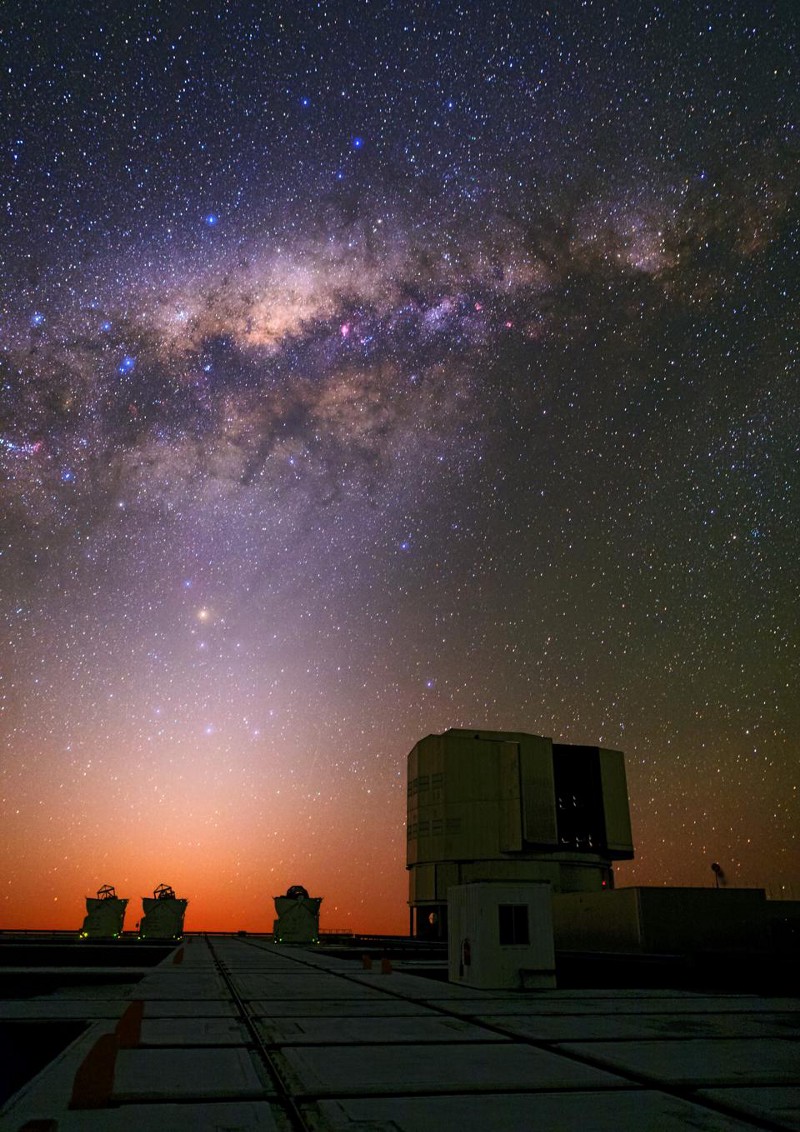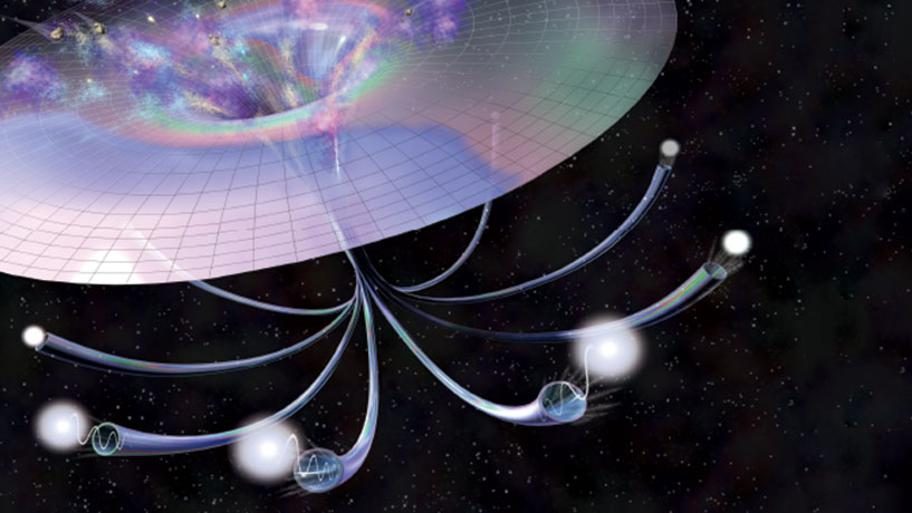Ask Ethan: Why bother exploring the Universe at all?

- With so many problems in the world, from war to poverty to hunger to disease and much more, investing in exploring the Universe can sometimes feel frivolous.
- And yet, the value we get from engaging in pursuits that take us beyond our Earthly concerns can sometimes far outstrip anything we’d gain from diverting resources away from those endeavors.
- It’s a question that’s been asked repeatedly over the course of many centuries, but the answer is always the same: human civilization is a long game. We mustn’t shortchange the future.
It’s no secret that there is a seemingly endless string of problems to address in the world. You don’t have to look hard to find people suffering from all sorts of maladies: from illness to injustice, from war to famine, from poverty to pollution. There are some major problems facing humanity in the 21st century, and they’re all going to require an enormous investment of our collective resources if we want to solve them. From climate change to global pandemics to the energy and water crises and more, none of these problems are going to solve themselves. If they’re to be solved at all, it’s going to come down to humanity’s collective actions.
But where does that leave the scientific research that doesn’t directly relate to these crises? As beautiful and enlightening as the recent James Webb Space Telescope pictures are, astronomy and astrophysics aren’t going to keep the seas from rising. This week’s Ask Ethan question comes all the way from Ethiopia, as Betsegaw Gashu inquires:
“People keep asking me… what is the importance of studying and making extensive research about the Universe? Why should we spend billions of dollars on it while we have a lot of problems to solve here on Earth?”
It’s a question that’s been asked, in various incarnations throughout history, for many centuries. Here’s what I wish everyone would know.

When we’re studying the Universe itself — that is, asking it questions about itself in a scientific fashion, and then listening to whatever answers it provides to our various experimental and observational questions — we’re engaging in what’s known as “basic research.” For most of us who do it, the motivation to engage in this sort of basic, fundamental research is anything but practical; we do it because we’re curious about what’s not yet known, and the only way to find out what’s beyond the known frontiers is to investigate the Universe in a scientific fashion.
If having our curiosities sated were the only spoils of these pursuits, it might be easy to craft an argument that it’s a frivolous waste of resources to spend so many of our collective resources on an endeavor that has no practical application to the substantial problems we face in society. Simply gaining knowledge for knowledge’s own sake, although that might be an intellectually noble way to spend one’s time, isn’t going to help humanity in either the short-term or long-term.
At least, that’s the common argument that people make against the value of basic research with no foreseeable applications.

But let’s take a closer look at basic research, and see whether it truly — even when conducted purely for its own sake — doesn’t help humanity in some remarkable ways, after all.
One of the most oft-criticized experiments in the world today is the Large Hadron Collider (LHC) at CERN. Costing humanity upwards of ten billion dollars to build, and with energy costs that rise ever higher to keep it operating, it’s been derided as a disappointment to anyone who hoped it might have found new particles that would have taken us beyond the Standard Model. Instead, it has found the Higgs boson and nothing else that hadn’t been discovered before, albeit it’s measured those previously discovered particles in never-before-seen abundances, composite configurations, and with greater precisions than ever.
But even if the LHC were to never make another discovery, it would be disingenuous to claim that it hasn’t already benefitted humanity tremendously. From detector technology to precisely controlled high-field electromagnets to advances in data handling and throughput to information sharing, an enormous number of very practical endeavors advances each time we push the frontiers of particle physics to where they’ve never been before. The World Wide Web, itself, was invented at CERN to help address precisely some of these concerns more than 30 years ago. The technological advances we’re making today — the very advances that enable the LHC’s modern experiments — will no doubt pay practical dividends over the years and decades to come.
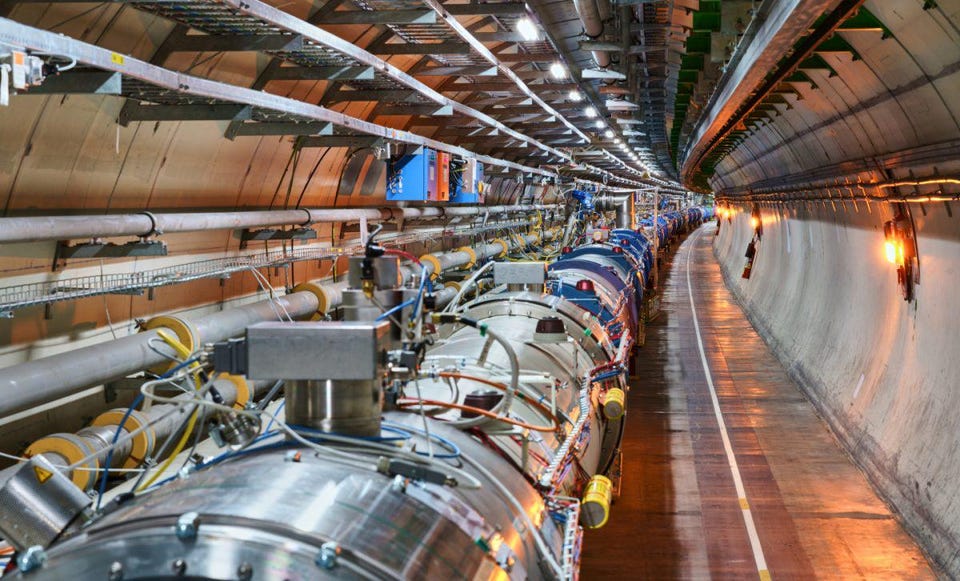
In the realm of spaceflight, many anti-poverty workers were among the biggest critics of the Apollo program. “With so much suffering on Earth,” the question typically went, “why would we invest in going to the Moon: something with no immediate practical benefit to those most in need on our own planet?”
And again, that, from a certain point of view, had a kernel of truth to it. There were and still are problems here on Earth — war, hunger, inequality, injustice, pollution, etc. — that going to the Moon wouldn’t, and didn’t, address at all. While it might be interesting from a scientific point of view to send humans to the Moon, to investigate the lunar surface, install scientifically valuable equipment there, conduct experiments, and return samples back to Earth, it’s not like the Apollo program helped us solve problems back here on Earth.
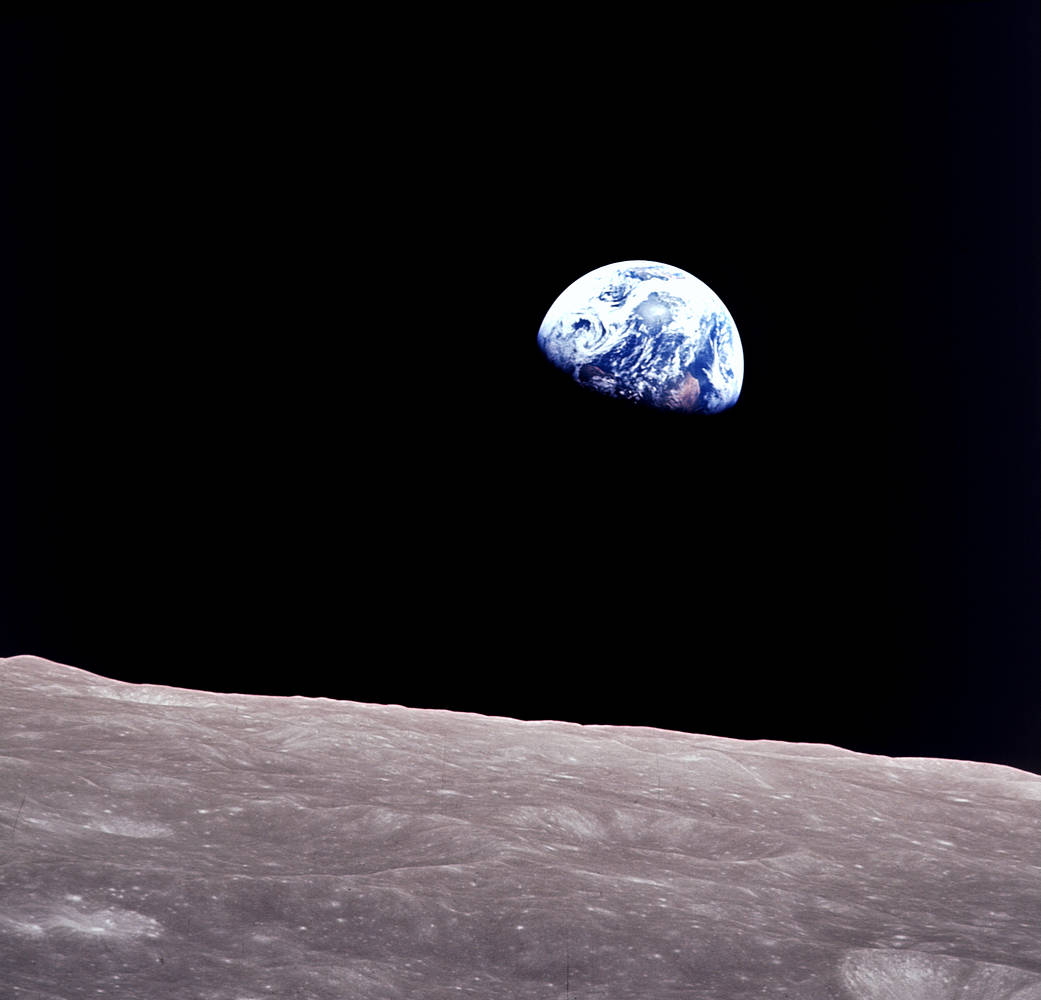
Except, the Apollo program led to a tremendous number of useful spinoff technologies whose economic benefit (what investors call ROI: return-on-investment) far outstripped the cumulative amount that we spent on it. When you talk to people about spinoff technologies from the Apollo program, they can usually point to teflon and the space pen, but a huge number of everyday technologies that better our lives came as a direct result of that investment. We couldn’t have predicted them in advance, but here is a partial list:
- freeze-dried foods,
- cooling suits (from racecar drivers to medical patients),
- bodily fluid recycling (improving kidney dialysis),
- improved foam insulation (prevents pipelines from freezing),
- fireproof textiles (revolutionized firefighting gear),
- water purification improvements,
- metalized foil insulation (for home heating/cooling efficiency),
- hazardous gas monitoring,
- stadium domes/roofing,
- simulated earthquake and stress-testing improvements,
- solar panels,
- the automatic implantable defibrillator,
in addition to a great many more. But one story has always stuck with me from the Apollo-era, and it comes courtesy of Ernst Stuhlinger, who was NASA’s Associate Director of Science when humans were taking their first steps on the lunar surface.
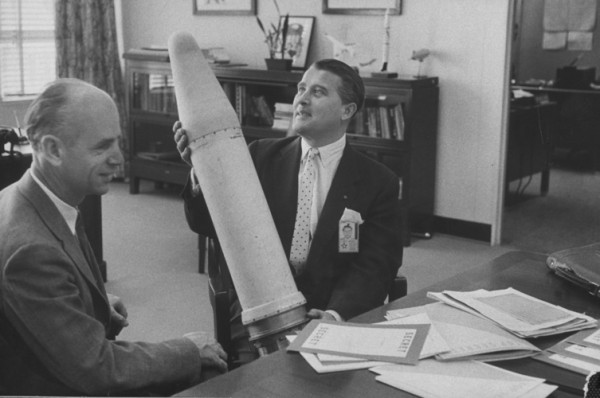
He received a letter from a concerned nun who was working in humanitarian relief, Sister Mary Jucunda, who was outraged that Stuhlinger would suggest spending so much money on an endeavor to send humans to Mars. With all the suffering in the world, she wondered, why invest in this type of science?
Stuhlinger wrote back, telling a story from his home country (Germany) from hundreds of years prior. He talked about life in feudal Germany, and in particular in a region that was governed by a benevolent but eccentric Count. The Count kept his people relatively well-fed and safe from invaders, but was also a scientifically curious individual.
When he was shown that one of his subjects had been tinkering with optical lenses in series to greatly magnify what the unaided human eye could see, he became delighted. For the first time, humans were discovering what we now know as the microscopic world: the world of germs, cells, and other entities that were simply too small to be visible to the unaided eye. The Count gave this man a place in his court, and continued to employ and encourage him in his investigatory endeavors.

Then, the fortune of the Count’s region changed. A plague hit, and many people were suffering. There was not enough food, and disease began to run rampant as well. The Count pivoted in order to devote a large share of his resources toward feeding and treating his people, but despite public calls that he quit wasting resources on employing the eccentric lens-maker, the Count refused.
“I give you as much as I can afford,” the Count said to the people, “but I will also support this man and his work, because I know that someday something will come out of it!”
Indeed, something did come out of it, although it wouldn’t be within the Count’s or the lens-maker’s lifetime: the microscope. Arguably the greatest tool we’ve ever developed in the history of biology and medicine came about because we were willing to invest in the exploration of the unknown. The benefits to future generations were far, far greater because a small amount of resources were invested not into dealing with an immediate crisis, but rather for the long-term benefit of all of humanity.
There’s never a guarantee that what we’re going to find will be useful down the road, and it’s often impossible to predict what sort of practical applications will arise anytime we look at the Universe in ways we never have before. But oftentimes, that’s where the greatest advances of all are awaiting.
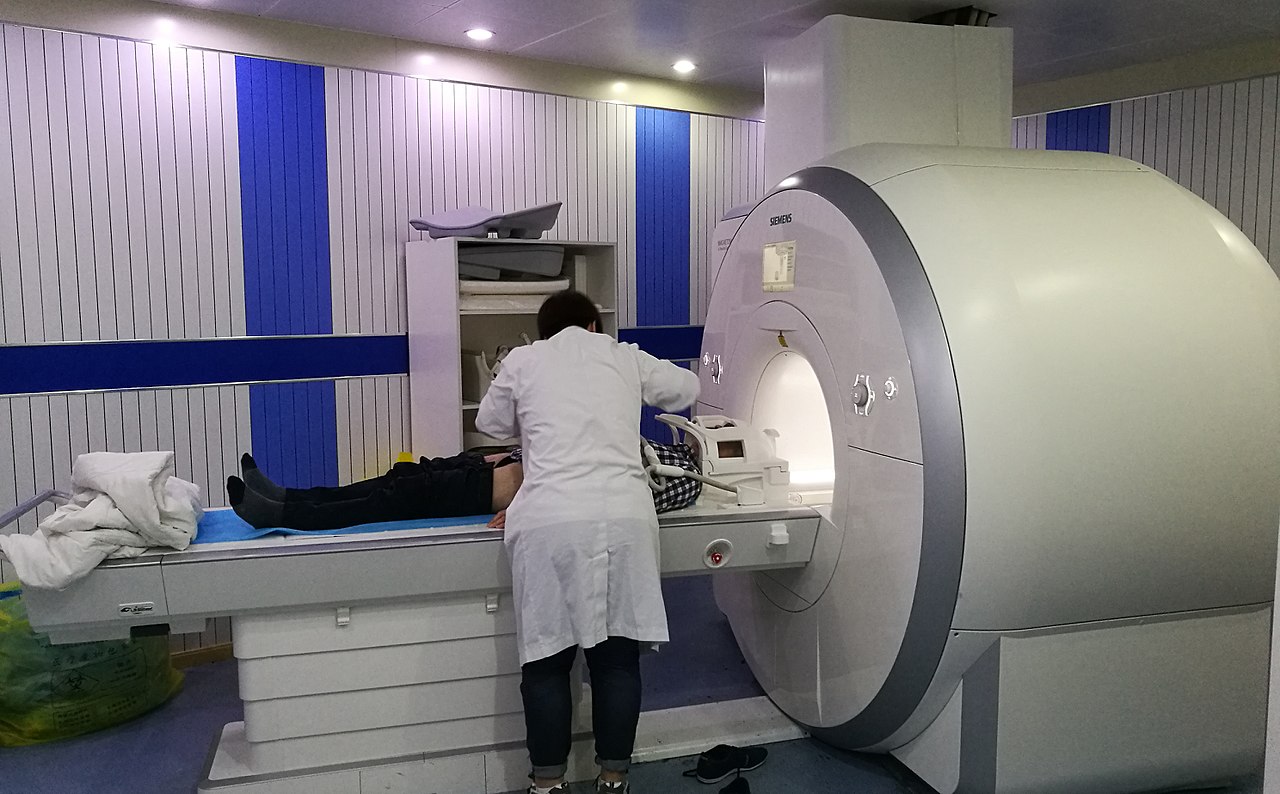
When we discovered electromagnetism, we had no way of knowing it would lead to the radio, the television, and the entire telecommunications industry. When we discovered quantum mechanics, we had no idea it would lead to the transistor, the electronic computer, and all of modern electronics. When we discovered nuclear physics and the secret locked within the atom, we couldn’t have envisioned that it would lead to medical anti-cancer therapies as well as diagnostic tools like magnetic resonance imaging (MRI) machines. No doubt, although it might be difficult to foresee what they will be, investing in basic research at the frontiers of science is bound to pay off, down the road, in ways that are virtually unimaginable today.
And yet, there’s another reason — completely unrelated to whatever downstream technological benefits may arise from investing in science — that we should pursue such ends: all of society benefits when we are collectively inspired. We cannot spend all of our time and resources thinking solely about mundane, terrestrial concerns, as events on Earth frequently divide us from one another. But one look toward the depths of space always reminds us of the same grand truth: there’s a remarkable and vast Universe out there, and in all of it, Earth is the only place we’ve ever found that’s friendly to life forms like us.

But there’s another truth that gets to a different aspect of the problem — one that’s implied but never stated — that’s important to discuss: if we did stop funding basic research, and instead devoted those resources toward the immediate problems we deemed “more important,” those paltry scientific investments, even if redirected, would be woefully insufficient to solve the problems at hand.
Climate change is a multi-trillion dollar problem that requires collective action on a global scale to solve. Global hunger, poverty, inequality, and pandemic prevention all require additional investments, and again, global coordination, reaching well into the hundreds of billions of dollars if they’re to be adequately addressed. Nuclear fusion, a scientific endeavor that would, if it were achieved in a scalable, widely-deployable fashion, solve the energy and climate crises in one fell swoop, receives less funding, annually, than peanut subsidies do in the United States.
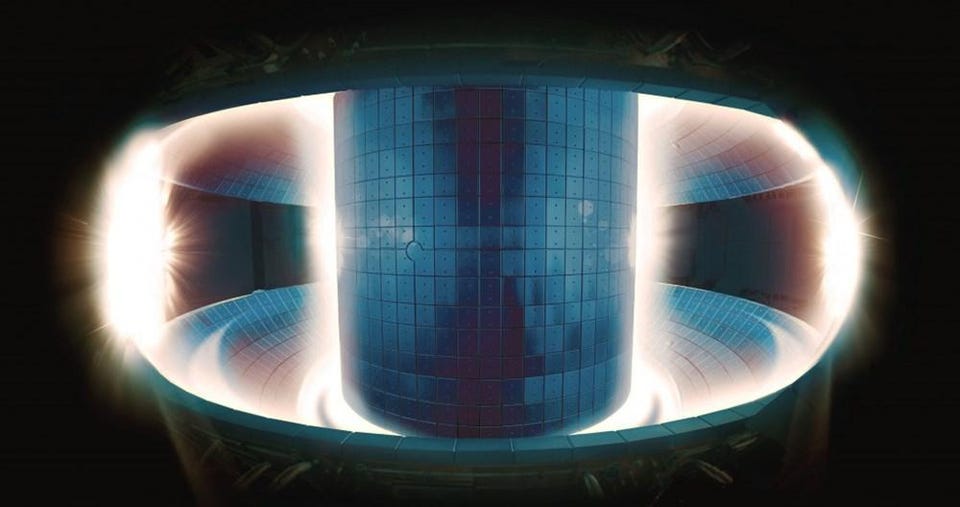
The reality is that there are many, many worthy efforts to invest in that increase the collective good for humanity in the world, in both the short-term as well as the long-term. There are plenty of places where it might make sense to pinch pennies, but the idea that it would benefit humanity to invest less in basic research — the driver of all future innovation and one of the few societal investments that historically has always yielded greater returns than the amount we’ve invested in it — is a baseless idea with a mountain of evidence opposing it.
And still, the greatest reason to continue exploring the Universe isn’t because it’s profitable, nor because it’s beneficial, nor even because it’s inspirational, although it truly is all three of those things. The reason we explore the Universe is because it’s there and because we can, and our quest for knowledge beyond the present frontiers is what compels us to push the collective endeavor of human civilization forward. In some senses, we’re nothing more than specialized apes: capable of altering the world in profound ways, but not yet wise enough to cease from plundering the very resources we need in order to ensure a future where humanity can sustainably thrive.
It’s far beyond the scope of this article to prescribe cures for all the problems facing our species and our planet, but one thing is certain: if we stop investing in the basic research that takes us beyond the known frontiers, we’ll never achieve the lofty goals that represent the common dreams of our ancestors, contemporaries, and descendants.
Send in your Ask Ethan questions to startswithabang at gmail dot com!

